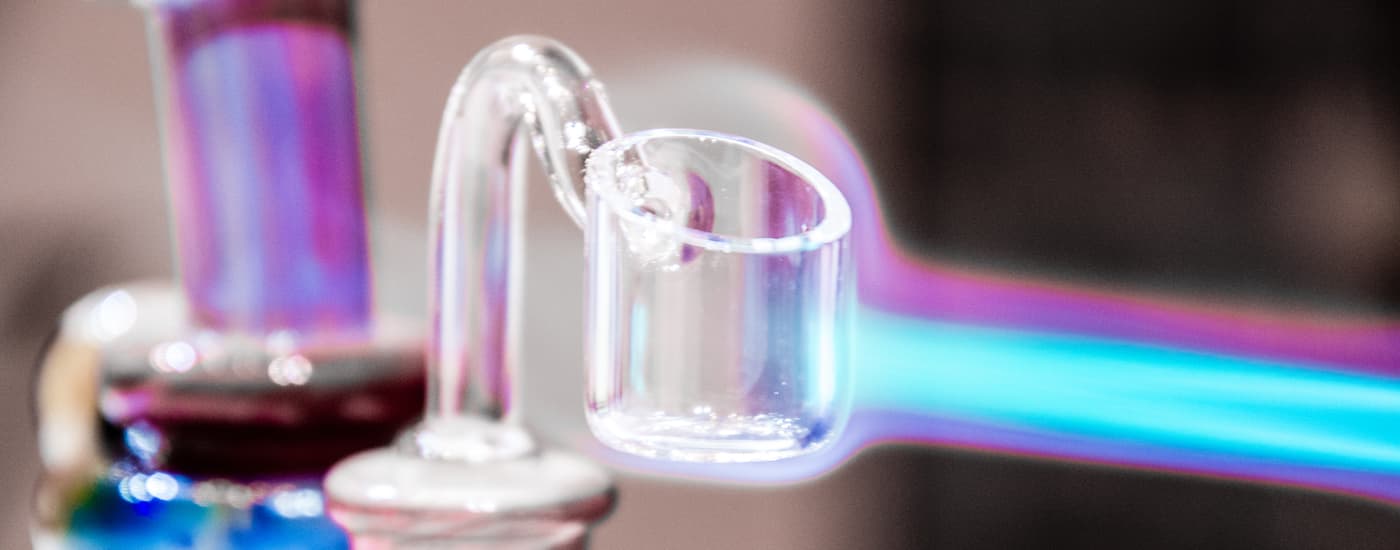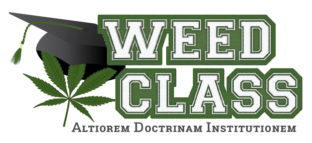If you have ever found yourself asking, “what is hash?” you are not alone. Every day, someone enters a dispensary or starts an internet search asking that exact same question. Hash (also called hashish) is one of the oldest refined forms of cannabis with records dating to around AD 1000. Before hash is created, it starts as a trichome on a cannabis flower/bud.
What are Trichomes?
As defined by the Merriam-Webster dictionary, trichomes are “an epidermal hair structure on a plant.” Many plants have trichomes including summer squash plants, tomatoes, succulents, and cannabis. On the bud of a cannabis plant, you will notice it is covered in a crystal and hair-like resin; those are the trichomes.
While the purposes of trichomes differ from plant to plant, for cannabis, most cannabinoids and terpenes exist in the trichomes. Terpenes are responsible for the smell that cannabis gives off while cannabinoids are what causes the human body to react the way it does to cannabis use.
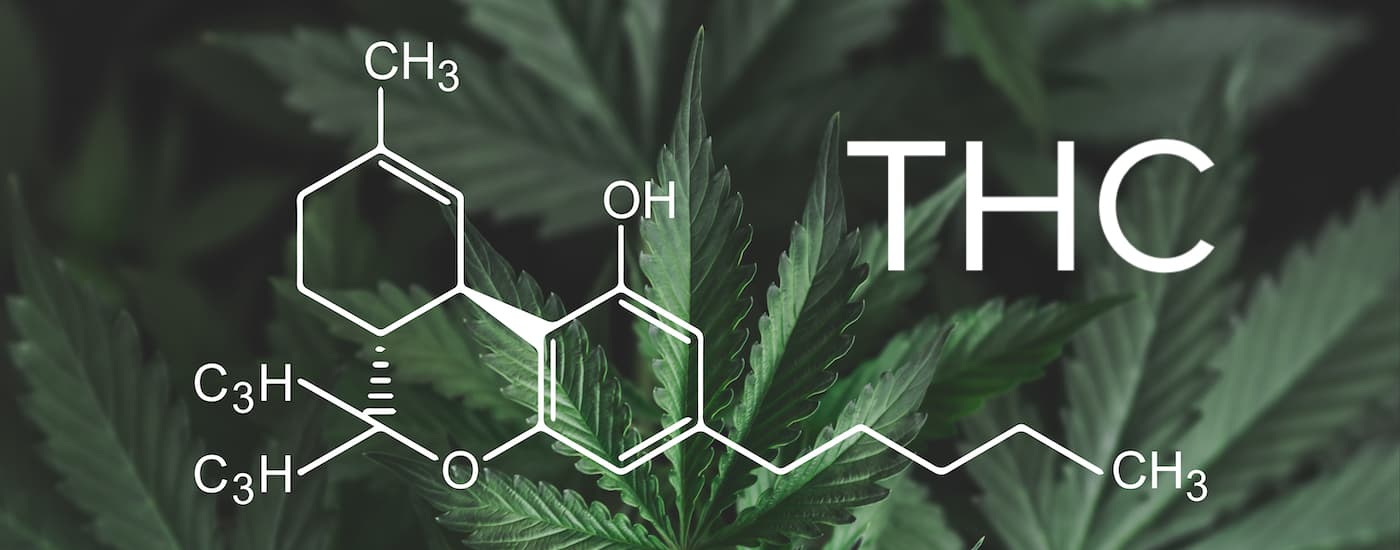
Two of the most common cannabinoids are tetrahydrocannabinol (THC) and cannabidiol (CBD). If you enter a dispensary, you will most likely be asked what experience you hope to gain out of the cannabis product you choose. If your answer is to feel a “high,” then you would be choosing a product with a high THC potency. If you desire a product that provides you with some of the benefits of cannabis (pain relief, a sleep aid, or other medical use) but you wish to remain clearheaded, you will be directed to a product with a high level of CBD. Between the two, you’ll find countless variations, each with their own unique characteristics. With that in mind, you have plenty of options that are available to you, but an experienced professional can help you to find the perfect fit for your desired results.
Why do Cannabinoids Effect People?
This is a simple question with a big answer. It starts with the endocannabinoid system (ECS) that is in every human body. This system helps to maintain homeostasis in your body. Everyone’s body wants to be at a stable condition and maintain temperature and oxygen levels. The ECS is involved in physiological processes like mood, appetite, and even reproduction. The system works through receptors on cells; the receptors bind to endocannabinoids – a naturally occurring chemical compound in the human body. Those receptors also bind to the cannabinoids THC and CBD. Together, the ECS and the cannabinoids cause the symptoms associated with cannabis such as dry mouth, the feeling of euphoria, drowsiness, pain relief, and tranquility.
What do Trichomes and Hash Have in Common?
While researching cannabis, you might have come across something called kief or crystals. If you have ever smoked a joint or a bowl, you most likely put the cannabis bud through a grinder while preparing it. The dust-like material stuck to the grinder after you have emptied it or the material in the bottom chamber of a three or four-chamber grinder is the kief. Kief is the trichomes that had fallen off the bud when you were grinding it.
To produce hash, you’ll first need kief/resin that was separated from the flower. It then needs to be heated and pressurized to become hash. The darker hash is, the more it was pressurized in the refining process.
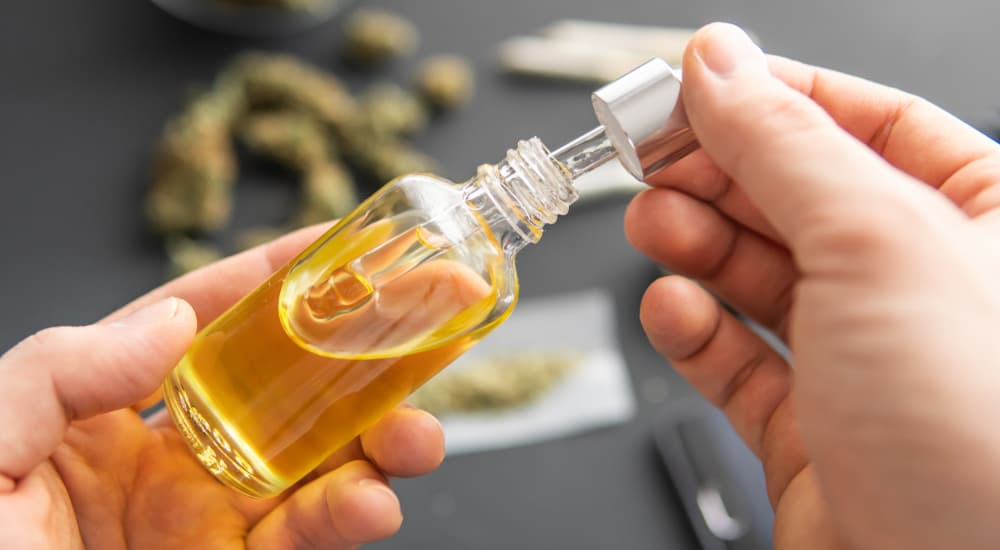
Can I Eat Hash?
Hash was originally meant to be consumed orally, either by smoking it or adding it to drinks or food. A traditional Indian drink called bhang is one way to consume cannabis. It is usually consumed during Hindu festivals in India, but it was also used medicinally to treat anything from malaria to digestive issues. If you are interested in making bhang, here is a link with an easy to follow recipe for the centuries-old beverage.
In order to experience the intoxicating effects of hash in your food or drink, it needs to undergo a chemical reaction called decarboxylation. During this process, tetrahydrocannabinolic acid (THCA) becomes the cannabinoid THC. The process for this is pretty simple; all you need to do is toast your hash in an oven at 240ºF for around 20 to 30 minutes. Once you have decarboxylated your hash, you can start cooking with it.
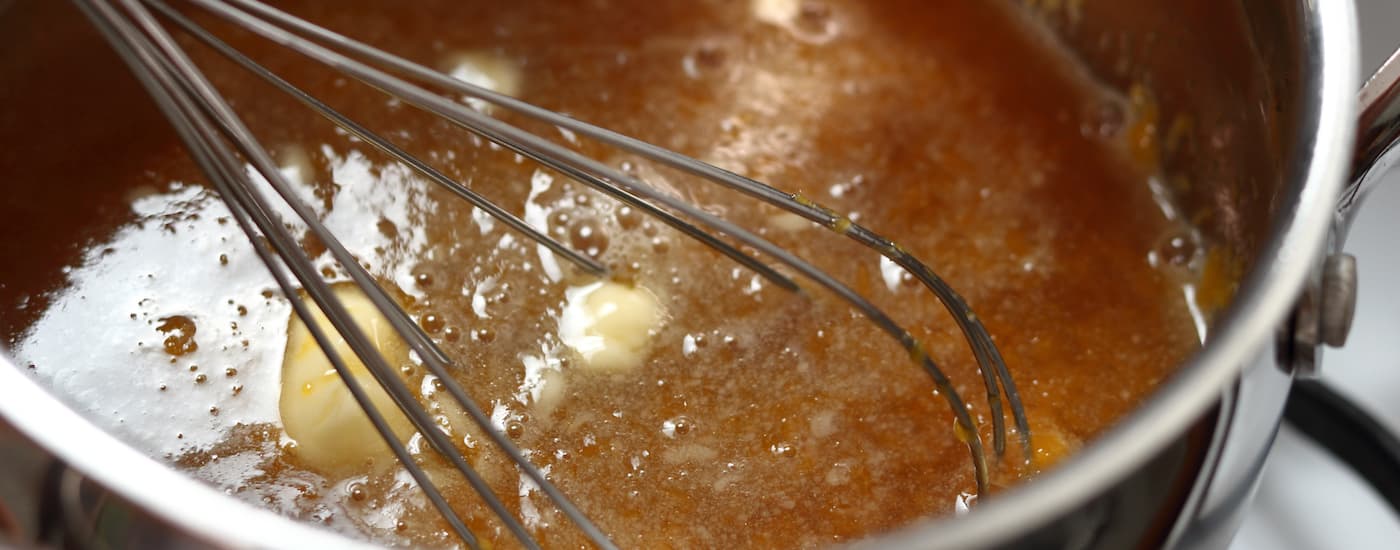
A great alternative to toasting your hash is to make a hash butter. For this, you will need 4 cups of water, 2 sticks (1 cup) of unsalted butter, either 1 to 3 grams of hash (depending on how strong you want your butter), a pot/saucepan, a mason jar or other heatproof container, a whisk, and a measuring cup.
The first step is to heat the four cups of water in a pot on medium heat. While it is heating, use your hands to crumble the hash, so it is easier to mix into the butter. When the water is hot, but not boiling, add both sticks of butter and reduce the heat to low. You want to melt the butter, but you don’t want the mixture to boil. Stir occasionally until the butter is dissolved in the water. Once melted, you can stir in the crumbled hash. Keep the heat on low and allow the mixture to simmer for thirty or more minutes. The mixture will turn anywhere from green to brown in color. Now remove the pot from the heat and pour it into your heatproof container or mason jar. Let it sit in the fridge until it has solidified, and then you can pour out the water that has separated from the butter.
What are the Ways to Smoke Hash?
There are many ways you can smoke hash, starting with the easiest method of adding it to a joint or spliff. To roll a hash joint, you will need rolling papers, cannabis, and hash. You should start by placing your ground up cannabis on the rolling paper and topping it with hash. Now pick up the rolling paper and pinch the two sides together between your index finger and thumb. Roll the paper in between your thumb and index finger to pack the cannabis. Once you have tightly packed it, tuck the unglued end of your rolling paper under the edge of the glued one. Then, starting with one end of the joint, twist and tuck the paper and then moisten it to seal it shut. When you get to the end of the joint, you can use a pen to push the cannabis into the joint, and you can seal the end shut by twisting it until it is tight. If you’re looking for a quick, easy way to pack and light a joint with just one tool, consider a Clipper lighter which contains a removable packing tool.
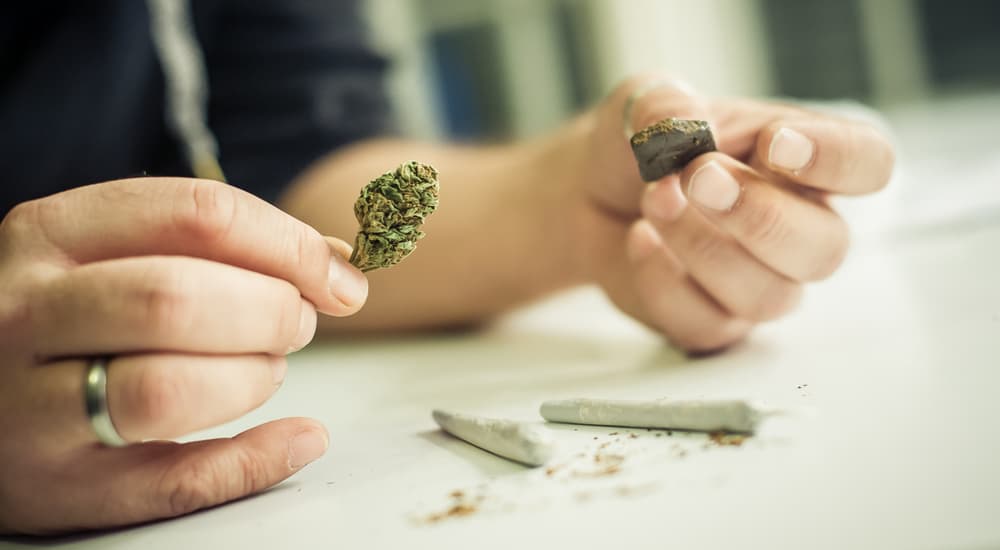
A second way you can smoke hash is by using an oil rig. For this, you will need a rig, a nail, a dabbing tool, and a torch. Talk to your dispensary or local smoke shop to make sure you have all the tools you need in order to smoke using a rig if you have never done it before.
To use your rig, you will first need to gather a small amount of hash on the end of your dabbing tool. Set that aside and use your torch to heat the nail on your rig, allow it to get red hot before removing the torch. Give it a few seconds to cool before placing your mouth on the mouthpiece and placing your dabbing tool inside the nail. Touch the hash to the nail, and breathe in through the mouthpiece. There are other ways you can smoke or consume hash, so don’t feel you are limited to just one of these. You can add it to a bowl or blunt, make it into a plethora of edibles, and add it to a drink. Talk to your local dispensary to find out which product or method is right for you when dealing with hash.
